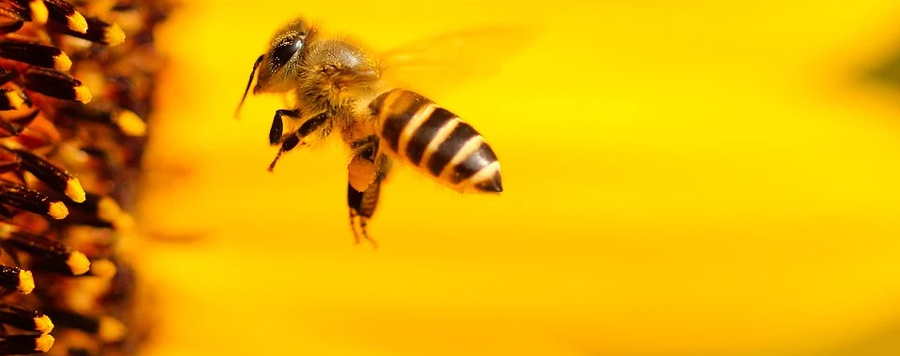
Where did the honeybee come from?
The origin of the western honey bee Apis mellifera has been intensely debated. Addressing this knowledge gap is essential for understanding the evolution and genetics of one of the world’s most important pollinators. By analyzing 251 genomes from 18 native subspecies, we found support for an Asian origin of honey bees with at least three expansions leading to African and European lineages. The adaptive radiation of honey bees involved selection on a few genomic “hotspots.” We found 145 genes with independent signatures of selection across all bee lineages, and these genes were highly associated with worker traits. Our results indicate that a core set of genes associated with worker and colony traits facilitated the adaptive radiation of honey bees across their vast distribution.





